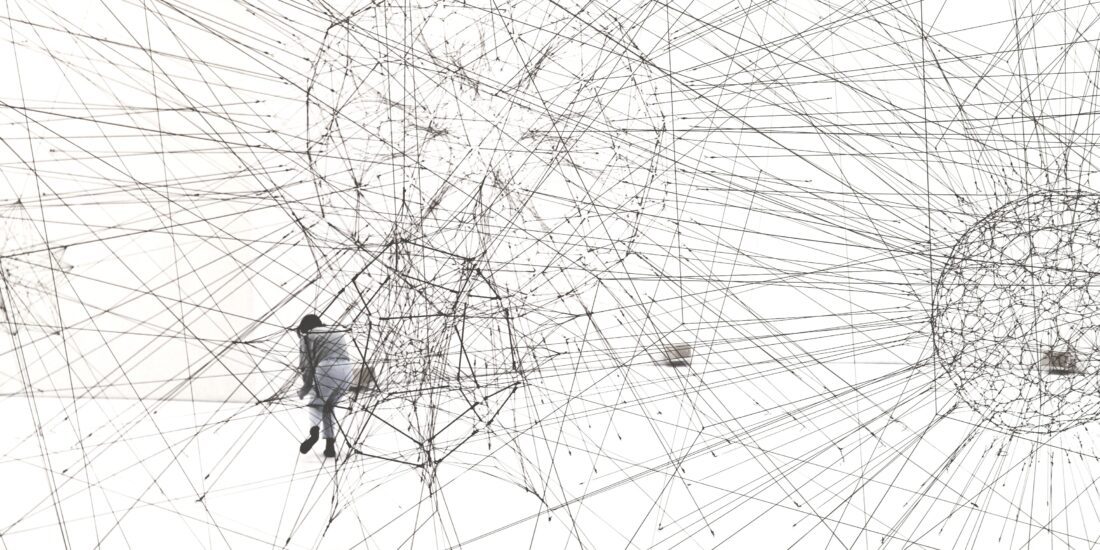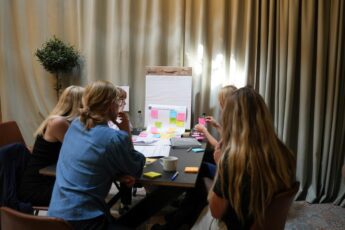How to use design thinking as an innovation framework

August 16, 2019
Design thinking is generating quite a lot of buzz – and we can understand why. You see, design thinking can form a valuable framework for processes, methods and analysis, regardless of whether the need is for incremental or radical innovation.
We believe in design thinking as a framework for innovation processes, and therefore have certified design thinkers. Here, we share three important and thought-provoking points with which our design thinkers work.
#1 GENERATE IDEAS: WATCH OUT FOR QUICK DECISIONS AND JUDGMENTS
Idea generation is a core element of any innovation process, and something we can all develop our ability to do. In popular terms, practice makes perfect.
Good idea generation consists of a flow of:
- Divergence where you map many ideas playfully and without bias
- Convergence where, strategically and tactically, you prioritise and adjust a smaller number of ideas
As humans, making quick decisions is something we are both extremely skilled at and very likely to do, and – perhaps somewhat surprisingly – one of the biggest challenges in idea generation is to remain open for long enough. This makes demands on not just the process, but on the facilitator, toolbox and cooperation as well.
#2 PROTOTYPE: EXPERIMENT, PLAN LESS
Currently, there is a growing awareness of the value of prototyping. Prototyping is often associated with physical models built in cardboard or the like, and a lot of people therefore tend to think of it as something that is both difficult and reserved for designers. Luckily, it does not have to be.
Prototyping covers a very wide palette of modes of expressions and degrees of completeness and is generally about making ideas tangible and shareable to ensure common understanding and qualified feedback.
We need to move away from the illusion that we can plan thoroughly and hone the idea to get it right the first time. On the contrary, we must build to learn. The earlier we fail, the sooner we will be successful.
#3 ITERATE: TWO STEPS FORWARD AND ONE STEP BACK IS THE DIRECT ROUTE ACROSS THE LINE
An innovation process based on design thinking will typically be characterised by several feedback loops or iterations, gradually moving us from idea to action. It is an agile and experimental approach that may at first seem extensive, expensive and unmanageable.
This is true in the sense that it makes other demands on planning and cooperation along the way, BUT an iterative process also has a great potential for:
- Improved risk management because ideas are tested both early and often, thereby limiting bad investments (of time, money and, not least, emotion)
- Greater value creation because in such a process, you both deliver value continuously and have come much closer to a real solution when the project is handed over.





